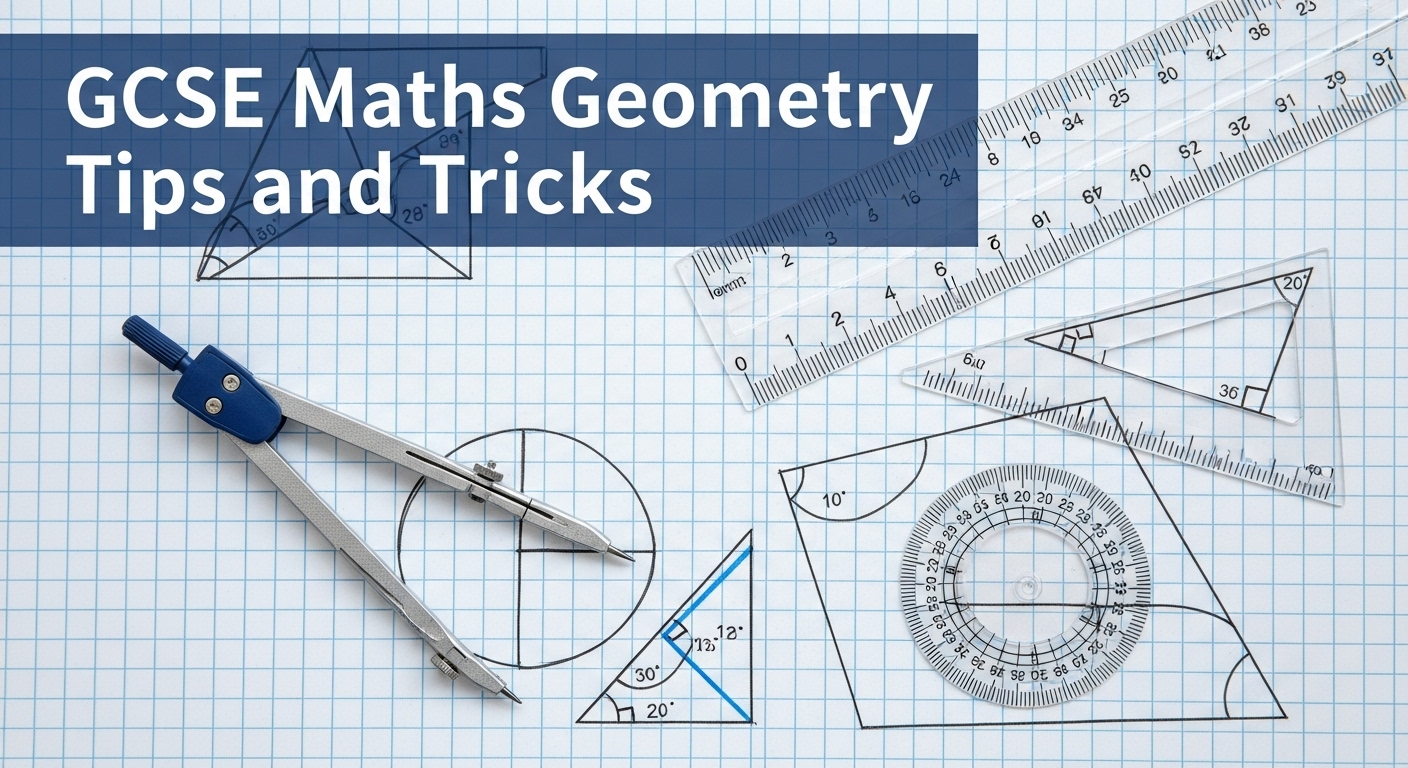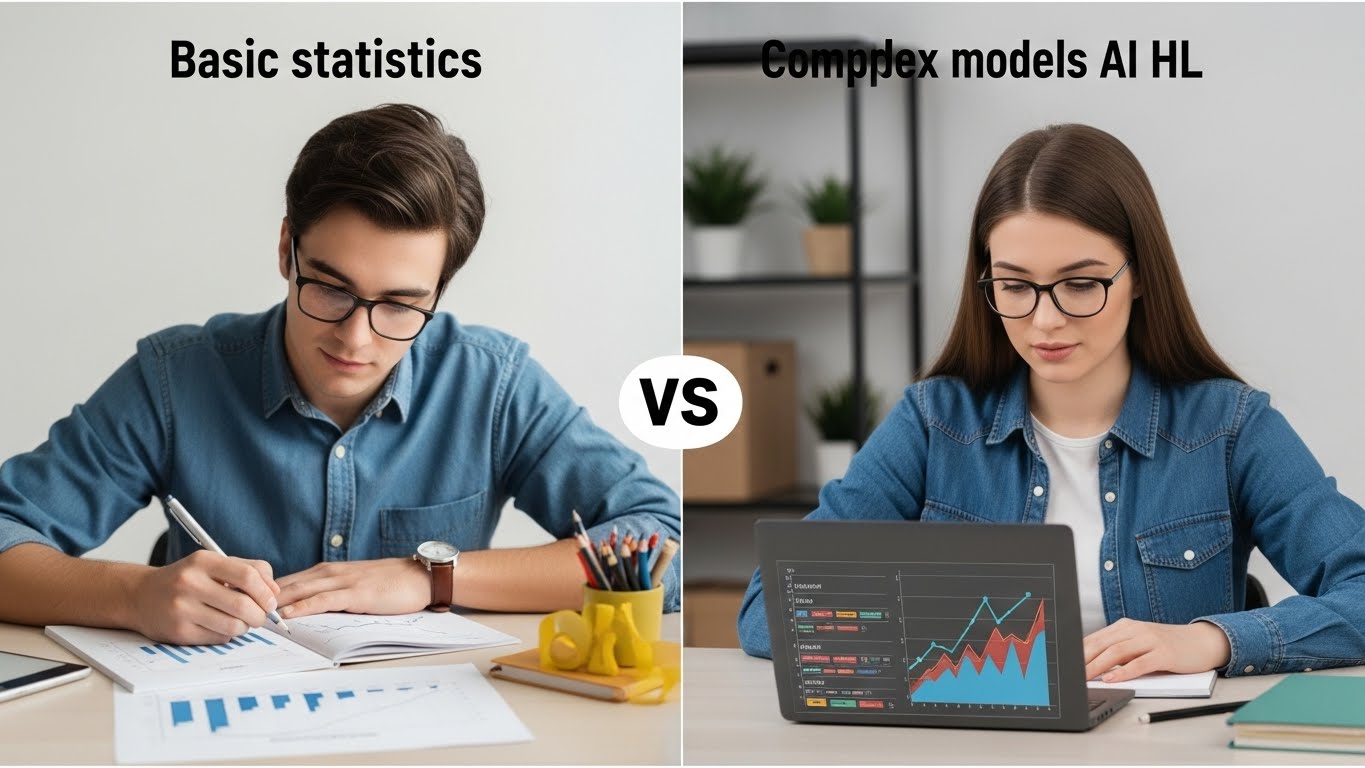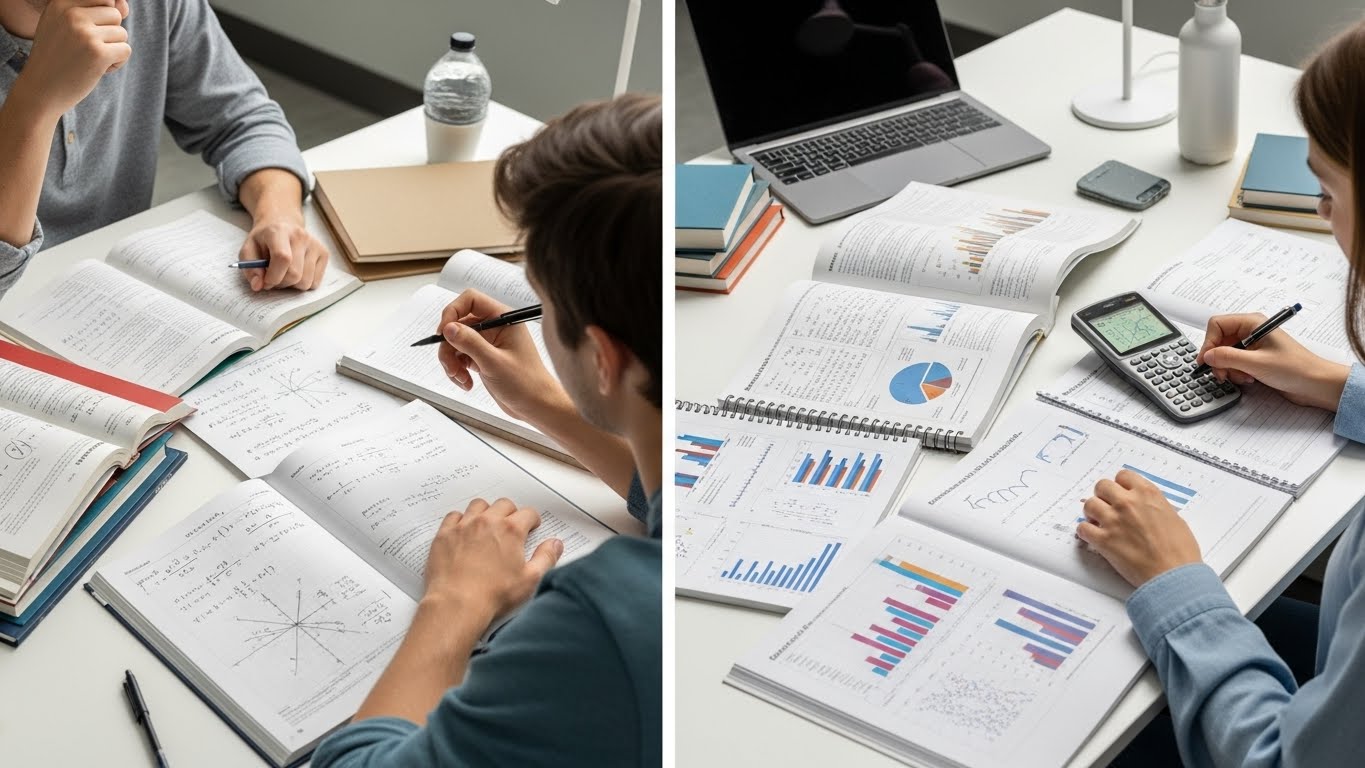Introduction
Geometry is one of the most visual and logical sections of GCSE maths. It tests how well you understand space, angles, and shapes — skills that connect directly to everyday reasoning and even careers in engineering or design.
If you’ve ever found geometry confusing, don’t worry. In this guide, you’ll discover GCSE maths geometry tips and tricks that simplify even the toughest exam questions.
With expert advice, visual examples, and the help of Mathzem’s free GCSE maths resources, you’ll learn to master geometry with confidence.
Table of Contents
Common Geometry Topics in GCSE Maths
Geometry in the GCSE syllabus covers:
- Angles (in polygons, circles, and triangles)
- Perimeter, area, and volume
- Circle theorems
- Transformations (reflections, rotations, translations, enlargements)
- Trigonometry
- Coordinates and loci
Understanding each concept — not just memorizing formulas — is key to scoring well.
Geometry Formulas You Must Memorize
Here’s a handy reference table for essential formulas:
| Shape | Formula | Example |
|---|---|---|
| Rectangle | Area = length × width | 5 × 8 = 40 cm² |
| Triangle | Area = ½ × base × height | ½ × 6 × 4 = 12 cm² |
| Circle | Area = πr², Circumference = 2πr | r = 3 → Area = 28.27 cm² |
| Cylinder | Volume = πr²h | r = 3, h = 5 → 141.37 cm³ |
| Sphere | Volume = 4/3πr³ | r = 2 → 33.51 cm³ |
👉 Tip: Use Mathzem’s interactive formula sheets to practice these daily — they’re free and easy to understand.
Tip 1: Understand, Don’t Just Memorize
Geometry is about relationships between shapes and angles — not just formulas. When you understand why a theorem works, it’s easier to recall and apply it correctly in the exam.
For instance, understanding that angles on a straight line add to 180° helps you solve multiple question types — triangles, parallel lines, and even circle geometry.
Tip 2: Visualize Shapes
A simple sketch can transform a tricky question into a solvable one. Visualizing helps you see hidden relationships and avoid careless mistakes.
Always draw:
- Missing lines (like heights or diagonals)
- Right angles where applicable
- Given information clearly (labelled sides, angles, and radii)
Use graph paper for accuracy — and practice with Mathzem’s interactive geometry exercises.
Tip 3: Master Angle Rules
These are your bread and butter:
| Concept | Rule | Example |
|---|---|---|
| Angles on a straight line | Add to 180° | 130° + 50° |
| Angles in a triangle | Add to 180° | 70°, 60°, 50° |
| Opposite angles | Equal | Parallel lines crossing |
| Angles in a circle | Various theorems | Angle at centre = 2 × angle at circumference |
👉 Exam Trick: When in doubt, mark all known angles first. It often reveals the missing one.
Tip 4: Label Diagrams Clearly
Never rely on mental calculation alone. Label sides, angles, and known measurements on your diagram. It’s a simple trick but one that examiners note when awarding method marks.
Mathzem’s digital geometry tools let you label diagrams interactively — an ideal way to build exam-ready accuracy.
Tip 5: Break Down Complex Questions
Large geometry problems often combine multiple steps — for example, finding a radius before calculating an area.
Approach:
- Identify what the question is asking.
- Write down known values.
- Draw and label a diagram.
- Apply the correct formula.
- Check units and final answers.
Tip 6: Practice 3D Shapes
3D geometry questions require understanding volume and surface area.
Example:
Find the surface area of a cylinder (r = 4 cm, h = 10 cm).
Formula: 2πr² + 2πrh → 2π(16 + 40) = 351.68 cm²
Use Mathzem’s 3D shape visualiser to rotate and explore these shapes in 3D — it’s a game-changer for visual learners.
Tip 7: Use Trigonometry Smartly
For right-angled triangles, remember:
SOH CAH TOA
- Sine = Opposite / Hypotenuse
- Cosine = Adjacent / Hypotenuse
- Tangent = Opposite / Adjacent
Example:
Find θ if opposite = 3, hypotenuse = 5.
sin θ = 3/5 → θ = sin⁻¹(0.6) → θ = 36.87°
Tip 8: Circle Theorems
Circle theorems are common in higher-tier exams.
You must remember:
- Angle at the centre = 2 × angle at circumference
- Angles in the same segment are equal
- The tangent is perpendicular to the radius
- Opposite angles in a cyclic quadrilateral add to 180°
Use flashcards or Mathzem’s visual circle theorem animations to memorise these patterns quickly.
Tip 9: Use Mathzem for Geometry Revision
Instead of relying on textbooks alone, try Mathzem’s free GCSE Maths geometry courses, designed by experienced tutors.
- Here’s what makes Mathzem special:
- Animated geometry diagrams
- Step-by-step interactive lessons
- Practice quizzes with instant feedback
- Free formula sheets for revision
With Mathzem, you don’t just learn — you understand.
Common GCSE Maths Geometry Mistakes
Avoid these traps:
- Forgetting to square or cube measurements when calculating area/volume.
- Mixing up radians and degrees.
- Using π = 3 instead of 3.1416.
- Not converting units (cm to m).
Review your answers carefully — even small slips can cost marks.
Practice Questions with Step-by-Step Solutions
Question 1: Find the area of a triangle with base 8 cm and height 5 cm.
Area = ½ × 8 × 5 = 20 cm²
Question 2: A circle has a diameter of 14 cm. Find its circumference.
r = 7 → C = 2πr = 43.98 cm
Question 3: Find the missing angle in a triangle with angles 55° and 65°.
180 – (55 + 65) = 60°
How Mathzem Helps You Excel
Mathzem is more than a tutoring platform — it’s a complete GCSE maths learning ecosystem trusted by students across the UK.
- Expert-created lessons covering every geometry topic.
- Interactive tools that help you visualise shapes dynamically.
- Free resources, past paper questions, and self-marking quizzes.
Start learning today with Mathzem — your free GCSE geometry tutor online!
FAQs About GCSE Maths Geometry
Which geometry topics appear most in GCSE maths exams?
Trigonometry, circle theorems, and area/volume questions are the most common.
How can I improve at geometry quickly?
Visualise every question, label diagrams, and practice daily using Mathzem’s free resources.
Is geometry easier in the Foundation or Higher Tier?
Foundation covers basics like perimeter and area; Higher includes advanced theorems and 3D geometry.
Do I need to memorize all formulas?
Yes, but understanding their logic helps more than pure memorization.
Conclusion
Geometry can feel abstract — but with the right techniques, visuals, and practice tools, you can turn confusion into clarity.
Start mastering geometry with Mathzem’s free GCSE maths geometry.
They’re interactive, visual, and designed by expert tutors to help you ace your next exam.






